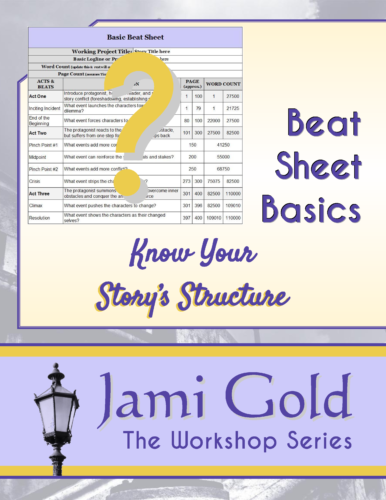We’ve discussed POV and voice, but what does the term “word choice” mean, how does it affect our writing, and what goes into choosing the right words?
Check Out These Posts labeled with the Tag “omniscient":
Want to refine these results? The Search page offers many filtering options.

